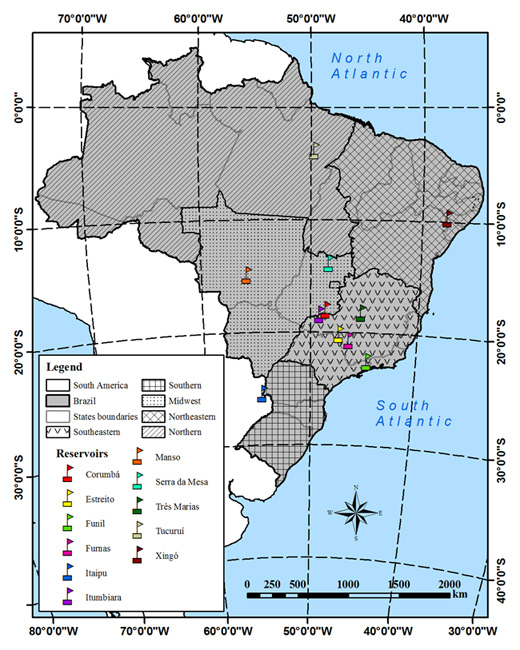Thermohaline structure and water masses in the north of Antarctic Peninsula from data collected in situ by southern elephant seals (Mirounga leonina)
Keywords:
Thermohaline structure, water masses, Antarctic peninsula, southern elephant seal, austral ocean
Abstract
The Western Antarctic Peninsula is rapidly warming and exhibits high indices of biodiversity concentrated mostly along its continental shelf. This region has great importance due to the the mixing caused by the interaction of waters from Weddell Sea (MW), Bransfield Strait (EB) and the Antarctic Circumpolar Current (CCA) transmits thermohaline characteristics and nutrients of different sites and finally connects with all the world’s oceans. However, studies focusing on the temporal variability of the region’s oceanographic conditions that finally determine the water mass formation are sparse due to the logistical difficulties of conducting oceanographic surveys and traditional monitoring during the winter. For this study, variations of the thermohaline structure and water masses in the vicinity and below the sea ice in the North of the Antarctic Peninsula (AP) and Scotia Sea (SS) were recorded between February and November 2008 by two female southern elephant seals (SES, Mirounga leonina) tagged with Conductivity–Temperature–Depth/Satellite-Relay Data Logger (CTD–SRDL). One thousand three hundred and thirty vertical profiles of temperature and salinity were collected by seals which were tagged by the MEOP-BR Project team at the Elephant Island, South Shetlands. These profiles, together with spread state diagrams allowed the identification of water masses and their variances in the ocean’s vertical structure. Among the set of identified water masses we cite: Antarctic Surface Water (AASW), Winter Water (WW), Warm Deep Water (WDW), Modified Warm Deep Water (MWDW), Circumpolar Deep Water (CDW), Upper Circumpolar Deep Water (UCDW), Lower Circumpolar Deep Water (LCDW) and Ice Shelf Water (ISW). Our results show that the oceanic vertical structure undergoes changes that cannot be traditionally monitored, particularly during the Austral winter and that SES are important and modern oceanographic data collection platforms allowing for the improvement of our knowledge of oceanographic processes in the Antarctic region.
Published
26/04/2013
Issue
Section
Papers
Authors maintain the copyrights for their work. However, they grant rights of first publication to Ambiente e Agua - An Interdisciplinary Journal of Applied Science. In compensation, the journal can transfer the copyrights, allowing non-commercial use of the article including the right of sending the article to other data bases or publication media. The journal uses the CC BY 4.0 license"






